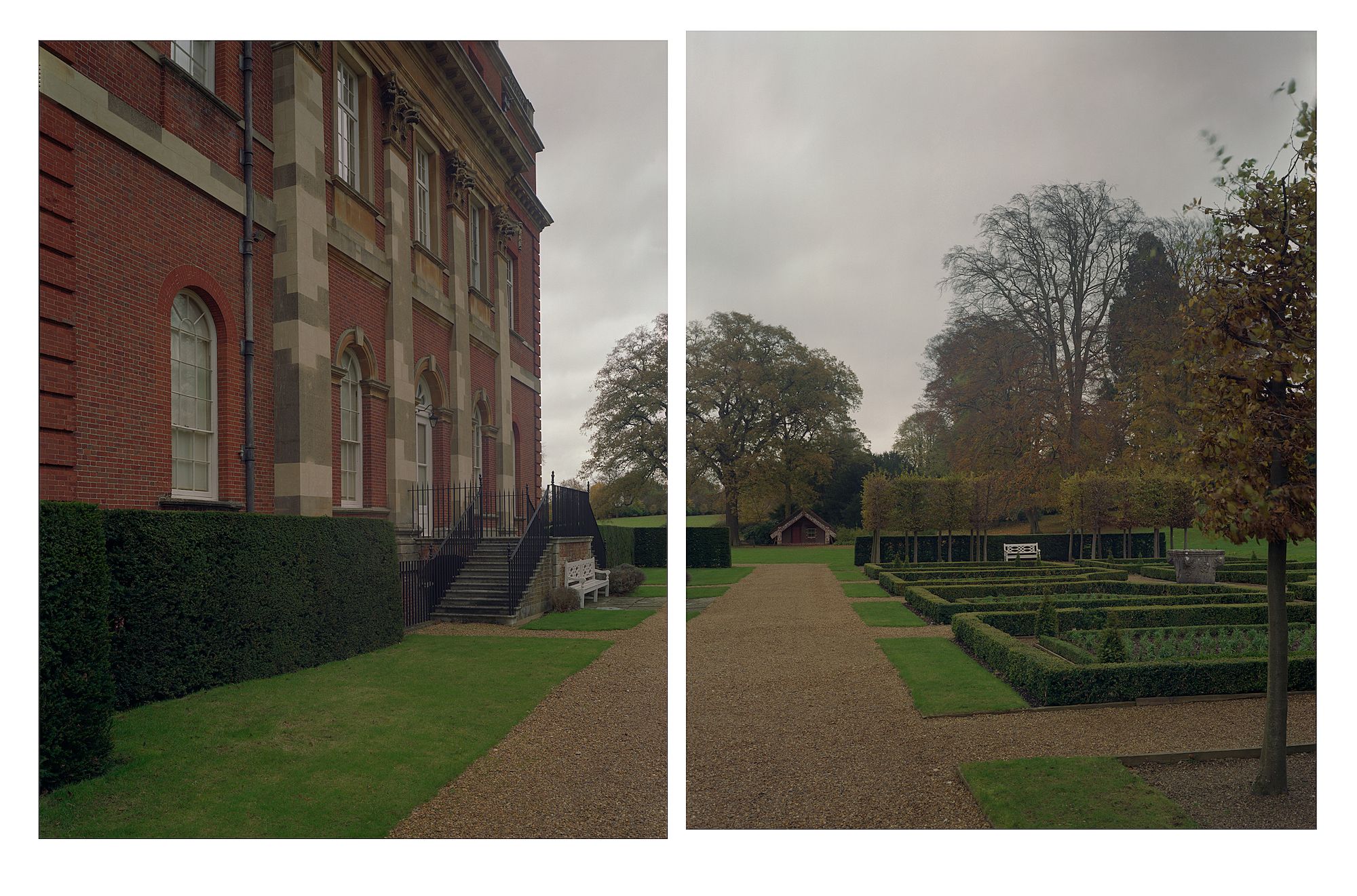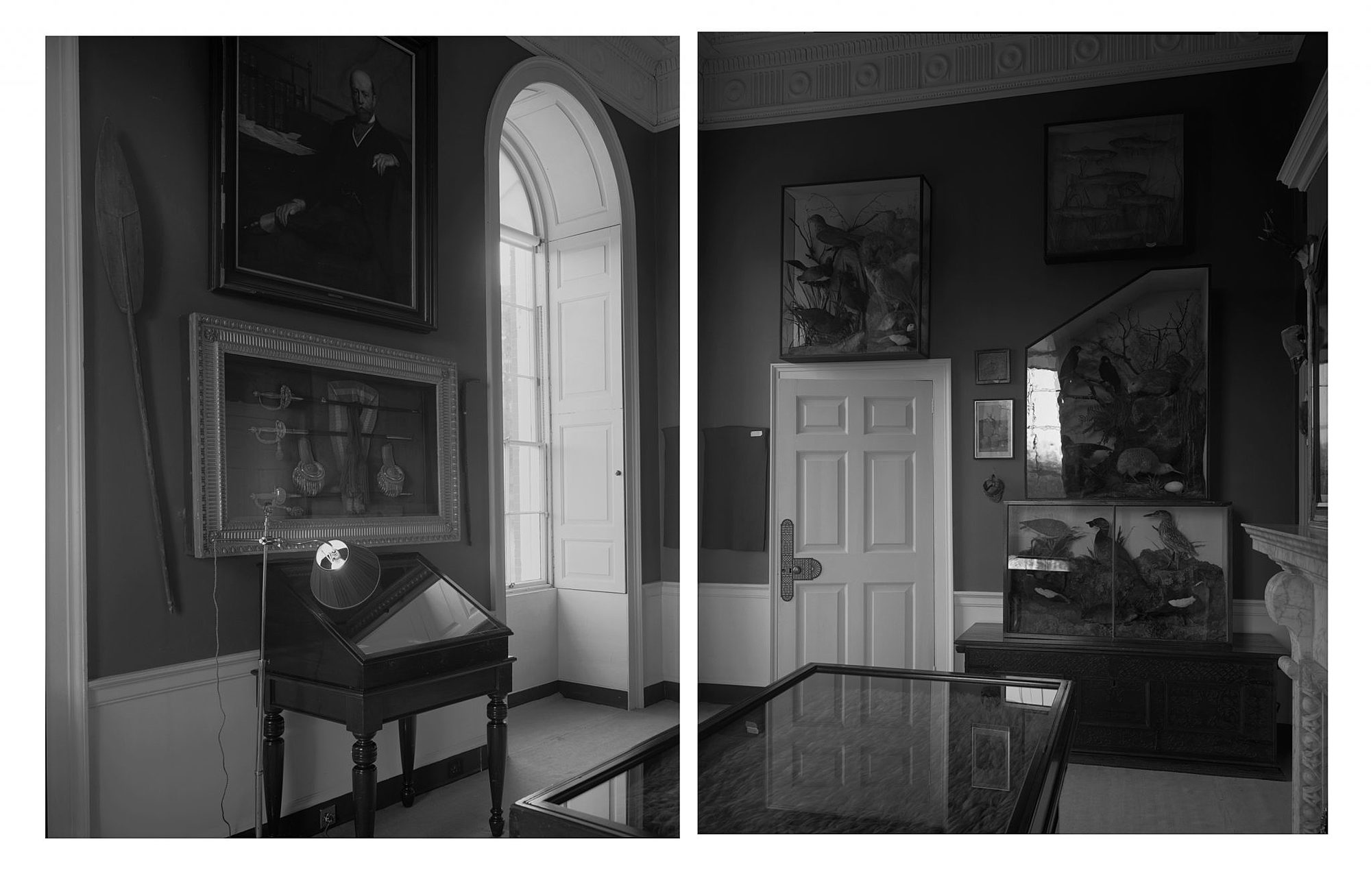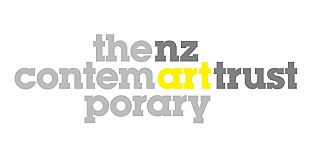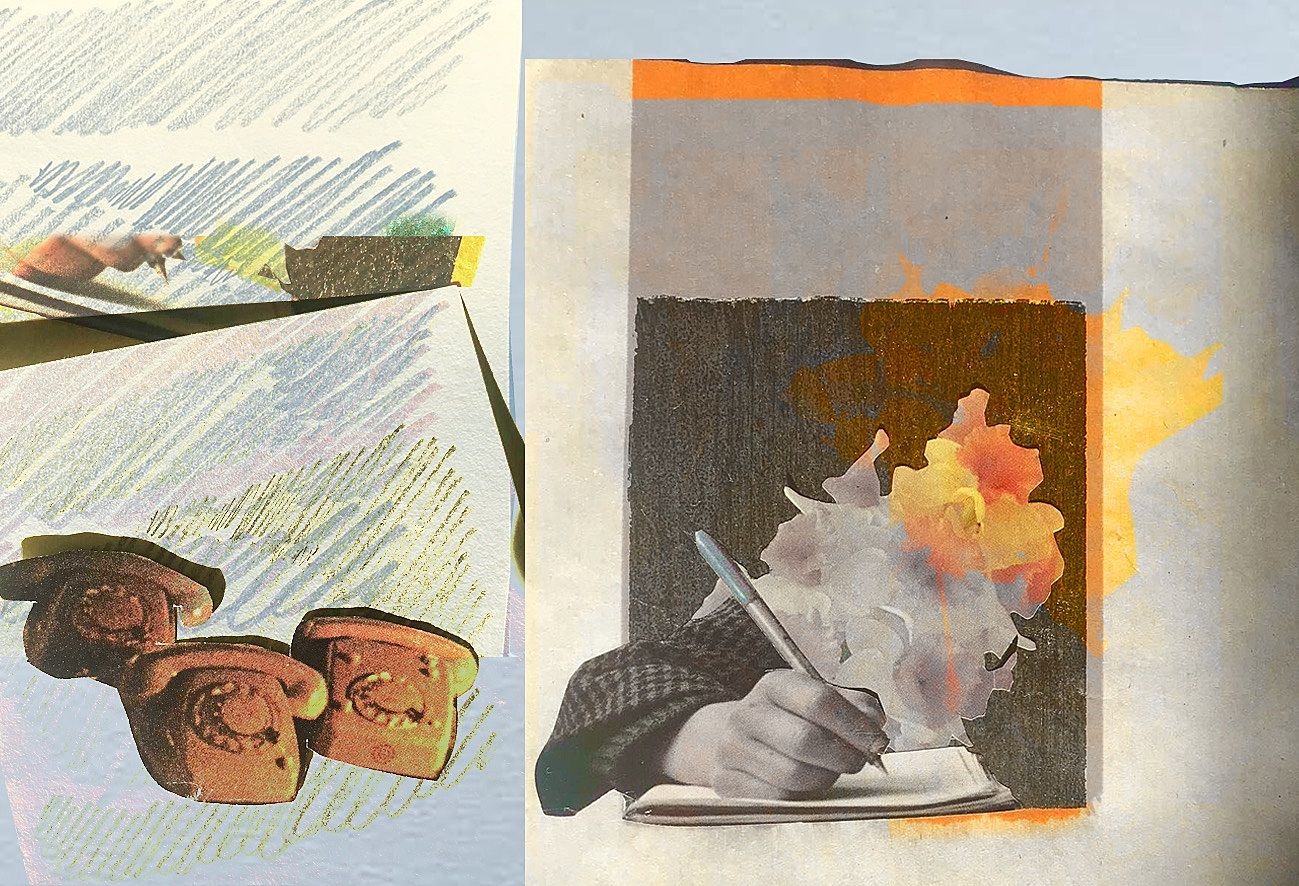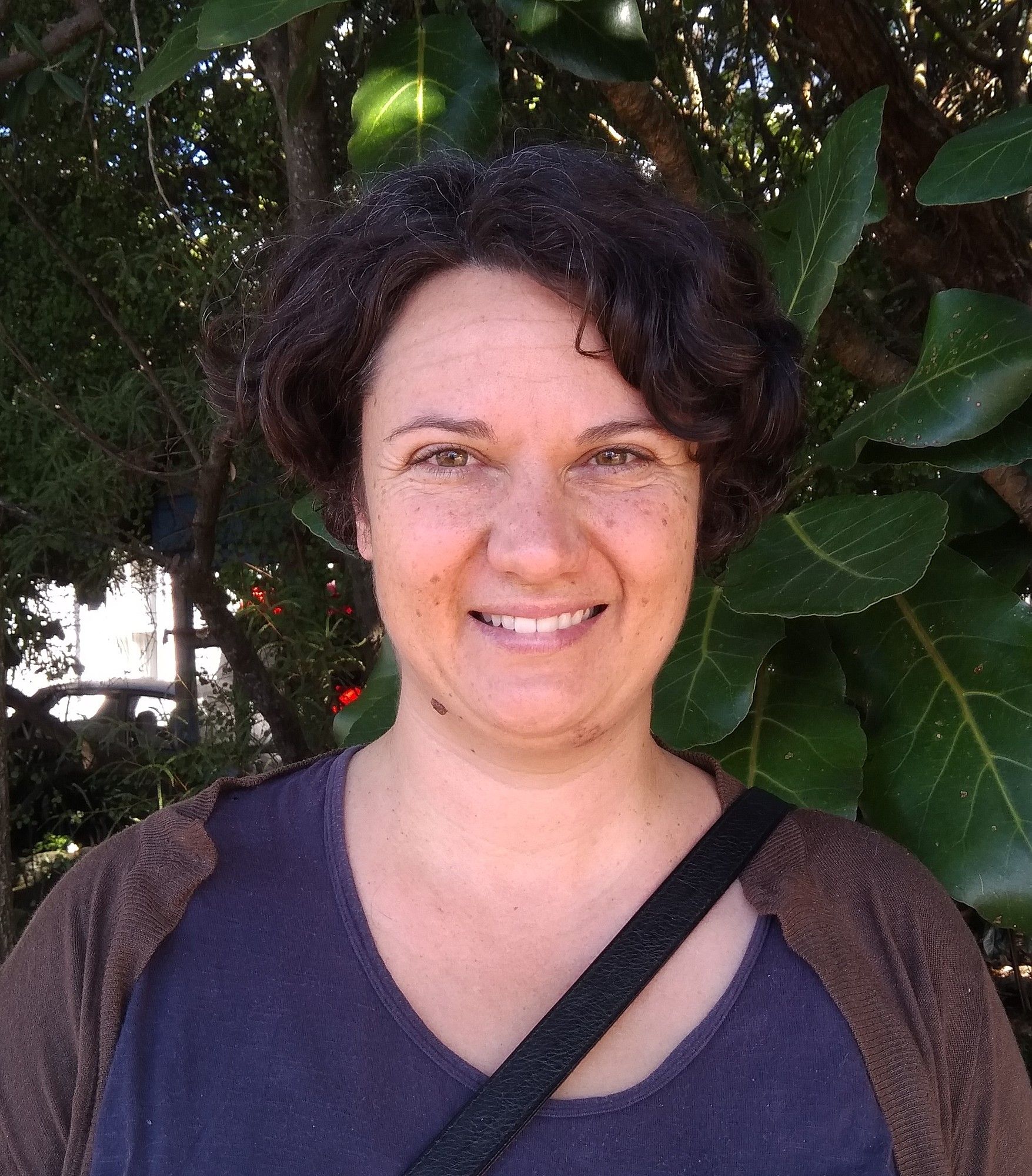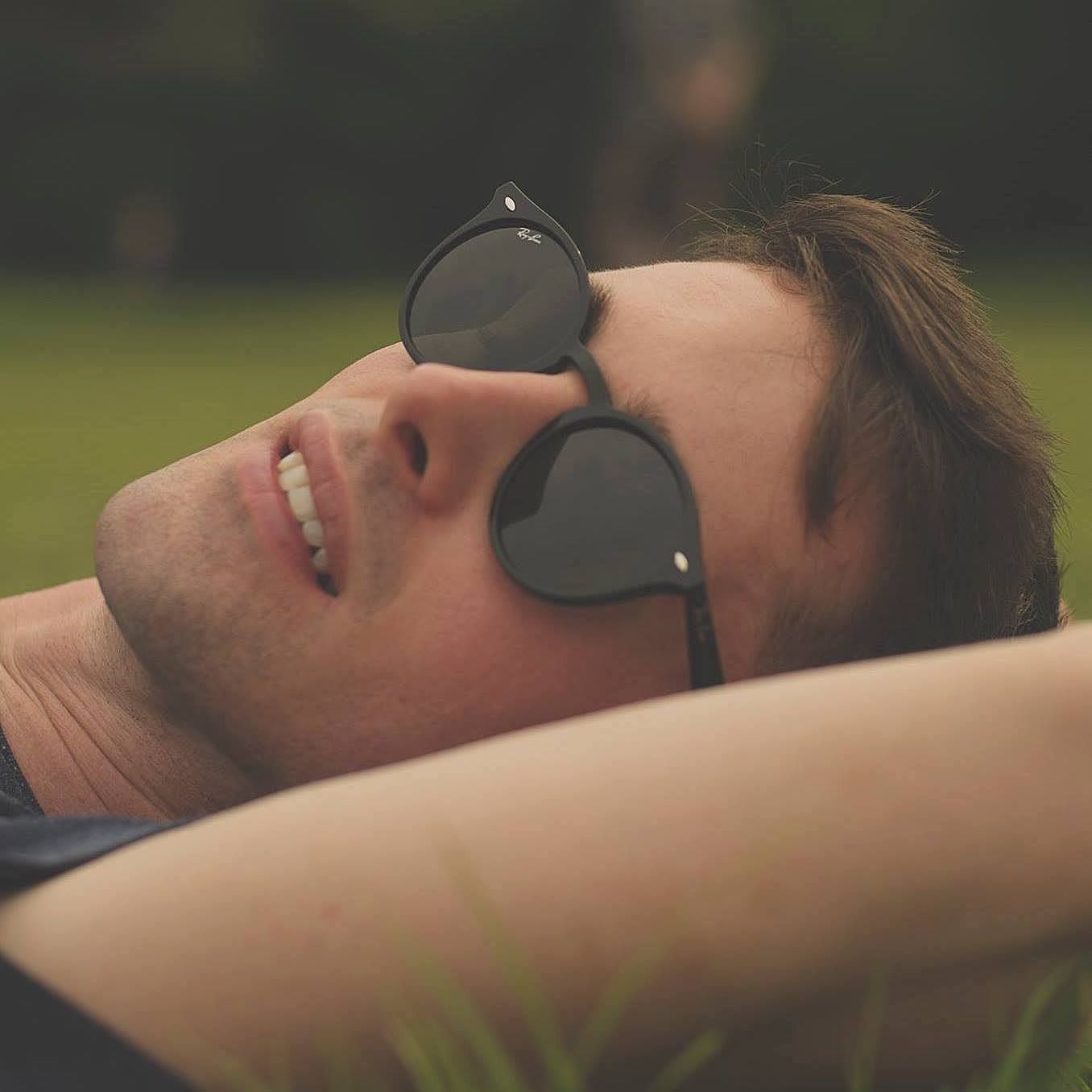The Unmissables: Three Artworks to See in August
The best art on show in the dealer galleries of Tāmaki Makaurau Auckland in August 2020.
A monthly round-up of artworks from the dealer galleries of Tāmaki Makaurau that we keep returning to.
This month’s Unmissables provokes us to think about the words we use to describe art, the found art in our natural and not so natural environment, and some moving photographs that might call us to action.
Our team of art critics, Francis McWhannell, Millie Dow and Tulia Thompson, have trawled the streets of Auckland to showcase some of the most exciting art on show.
Some of the most moving and thought-provoking photographs I have seen of late are by Mark Adams (b. 1949, Ōtautahi). Tatau at Te Papa includes a room of his blazing Cibachromes concerning tattooing, and he recently showed powerful landscapes with Chris Corson-Scott at Trish Clark Gallery. Hinemihi – Te Hokinga – The Return at Two Rooms centres on a series of photographs by Adams relating to the whare tūpuna Hinemihi o te Ao Tawhito, commissioned by Aporo Te Wharekaniwha of Ngāti Hinemihi hapū in 1880. Originally located at Te Wairoa, Hinemihi saved the lives of several people during the 1886 eruption of Tarawera. In 1892, she was sold and shipped to Clandon Park, Surrey. She has remained there since, becoming a significant whare rūnanga and whare wānanga in Britain. A fire in 2015 gutted the Palladian mansion at Clandon but left Hinemihi untouched. Late last year, it was announced that plans were being made for her return to Aotearoa.
Adams’ Hinemihi photographs appear in the 2009 book Rauru: Tene Waitere, Māori carving, colonial history, but this is the first time that they have been shown together in a gallery. Among the most compelling works is diptych reflecting the artist’s first glimpse of Hinemihi at Clandon. It is enormous and sparklingly clear. Intense light filters through a damp sky and slices down the corner of the mansion, multiplying its solidity. The whare sits dwarfed in the distance. The black and white patterns of her maihi are curiously consonant with a pair of garden benches with tracery backs. As is so often the case with Adams’ work, the picture is unsettling, suggesting the weight of colonial history. I feel as though the artist is summoning tauiwi, particularly fellow Pākehā, not merely to contemplate such history, but to contend with it, to do something. At the same time, he seems to question the limits of understanding and the possibility of adequate response.
In the case of Hinemihi, the promised return is far from the end of the story. Then again, who asked for an ending? The whare will live on. She has already proved herself exceptionally good at evading, outlasting. - FM
Hinemihi – Te Hokinga – The Return
Two Rooms
24 July – 29 August 2020
Mark Adams, 11.11.2000. The Onslow Room, Clandon Park, Surrey, England, 2000.
On Saturday, I argued with my boyfriend from Auckland to Matakana about whether Judy Millar’s paintings were gestural. It started because Judy Millar has said in an Ocula interview that the term is not useful. And yet, my experience of her works is emotional, an experience of art as feeling. Millar’s explanation that her work is not gestural confronts the words a writer might reach for to describe her work.
Millar sees her current work as influenced by physical landscape, the way it enters our bodies and psyche. In an interview in the 2 in 1: Judy Millar and Alberto Garcia-Alvarez catalogue, she says: “I don’t think of it as in any way abstract. Nor is it obviously figurative. I’m just trying to capture the edge of vision”. Sometimes a provocation to see art differently is necessary. Terms like gestural, are often an insiders-only conversation; while for Millar the term might be limiting, for others the art-world conversation is exclusionary.
The background pink of untitled, acrylic on vinyl, is warmer than the pink on the cover of Tayi Tibble’s Poukahanagatus, and warmer still than the curling petals of lillies with the orange-red stamen. It is nail-polish pink. In the foreground are scrawls of thick red paint; brush strokes that eddy, and fall and flow. In places, mint green and mauve spraypaint shine through eerily, muddying and creating depth. I like the places where colours darken and small ribbons of red paint show through, like tide or riverbed. The piece rewards stillness: the chaos and immediacy that first hits recedes to deeper calm. While the intense brushwork is like standing close to foaming, rushing waves.
There is a sustained conversation between Judy Millar and Alberto Garcia-Alvarez, in their works in 2 in 1. Garcia-Alvarez was Millar’s mentor and teacher at Elam in the 1970s. Garcia-Alvarez’s works include colourful and black-and-white geometric paintings that invite us to explore space, light and being. In contrast to Garcia-Alvarez’s evocative blocks of colour, Millar’s prominent brush-strokes snake around the gallery. Her bright paintings show movement, a state of constant flux. Curated by painter Stephen Bambury, himself a former student of Garcia-Alvarez, the exhibition is both vivid conversation, and labour of love. We discover who we are through our relationships with other people. - TT
2 in 1: Judy Millar and Alberto Garcia-Alvarez
Gow Langsford
05 Aug - 29 Aug
Judy Millar, untitled, acrylic on vinyl. Image: Sam Hartnett
“Our world, like a charnel-house, is strewn with the detritus of dead epochs.”
- Towards a New Architecture, Le Corbusier
Inside the walls of Mokopōpaki, one finds materialism that allows raw matter to speak of its existence. “Novel ecosystems” find their voice in monuments, models and cyanotypes created by Xin Cheng and Eleanor Cooper—artists whose practices, both individual and collaborative, are concerned with contextualising our unique ecology within the gallery space. Cheng, who has recently returned to Aotearoa after expanding her multidisciplinary practice abroad in Berlin, Sheffield and Mexico City, has formed a harmonious artistic relationship alongside Cooper, who often cares for islands in Tīkapa Moana o Hauraki on behalf of the Department of Conservation. Their works, which have culminated in an exhibition titled Greywater, is a presentation of commonly found objects from the recesses of the urbanised natural environment of Tāmaki Makaurau. These objects include pipes, rubber, twigs and rope that have been recontextualised to reveal delicate structures, systems and forms that act as visual manifestations of both the struggle and balance between earthly materials and worldly ideals.
At night, The Shop Window of Mokopōpaki illuminates Unison of Opposites, a collaborative large scale installation work by Cheng and Cooper. Found plastic pipes, tyre, rope, inner tubing and plastic strapping hang in a fine balance of tense and compressed parts, revealing how discordant elements of a post-industrial landscape must unite to form one functioning ecosystem. The work, like a constellation of stars, hangs above us as we move through time, and as we make our way further into the gallery, our perceptive orientation shifts to what endures down below. Inside The Brown Room, Cheng has displayed imprints of grimy water from around Auckland upon giclee prints titled the grimiest surface revealed the most intricate patterns, revealing complex patterns that represent the physical context with which we are immersed. Microscopic landscapes of floating tallow and insects which stream through giant pipes of abandoned industrial zones reveal the possibility of an expressive earth in each convulsive image. The recesses of these creeks, polluted and persistent, form a beautifully detailed memory that uses the external materiality of our world as a reflection of our own interior landscape. Greywater reminds us that the earth is a form of writing, and we are its coauthors. - MD
Greywater
Mokopōpaki
16 July - 22 August
Xin Cheng, the grimiest surface revealed the most intricate patterns, 2020. Image: Arekahānara
Xin Cheng and Eleanor Cooper, Unison of Opposites, 2020. Image: Arekahānara
The Unmissables is presented in a partnership with the New Zealand Contemporary Art Trust, which covers the cost of paying our writers. We retain all editorial control.
Feature image: Mark Adams, 13.11.2000. Hinemihi. Clandon Park, Surrey, England, 2000
